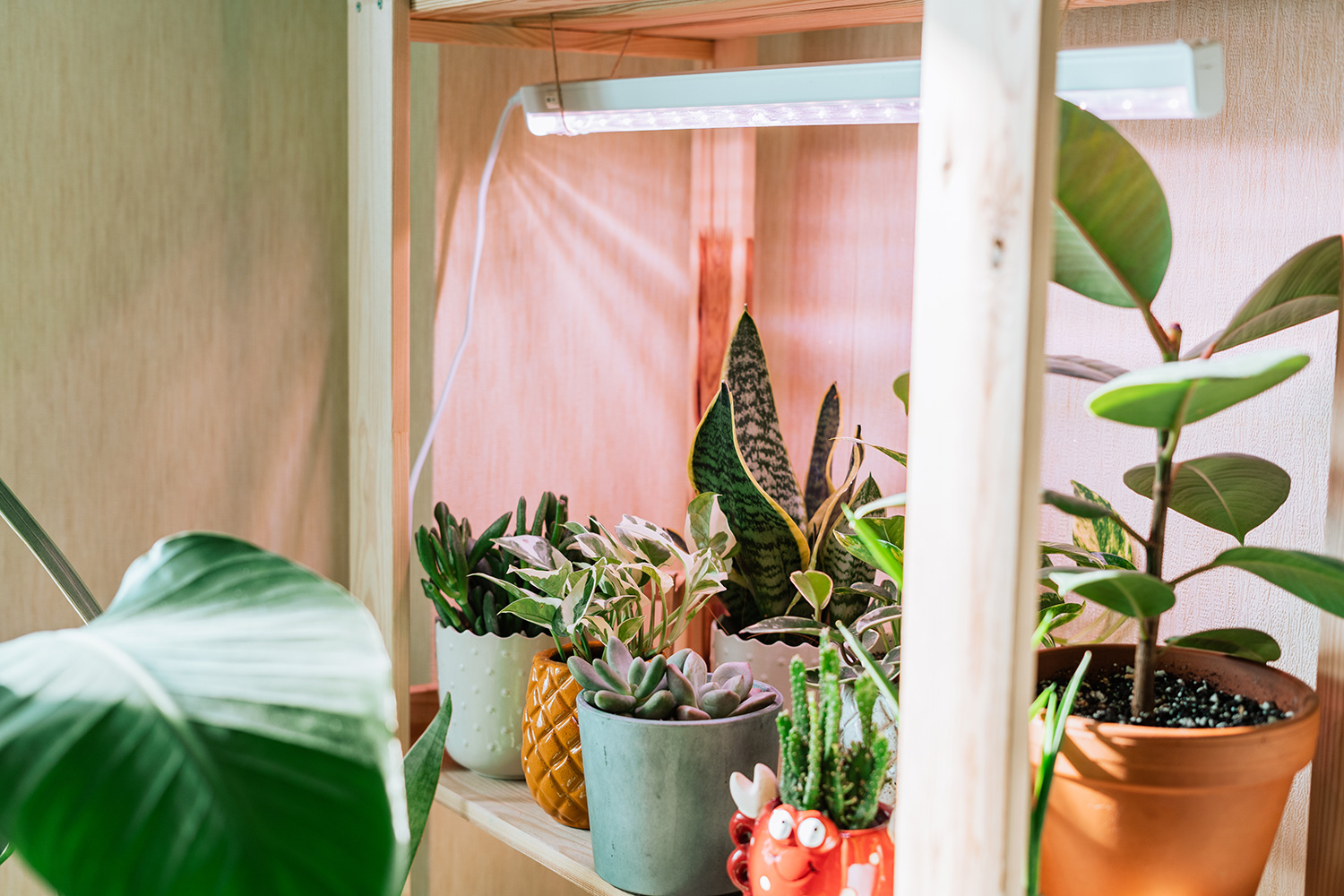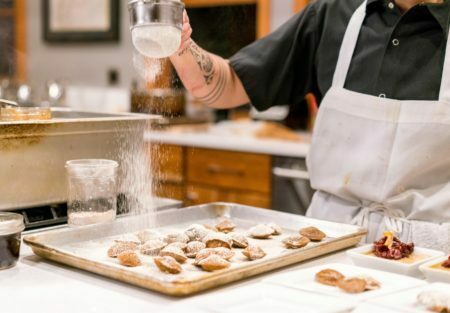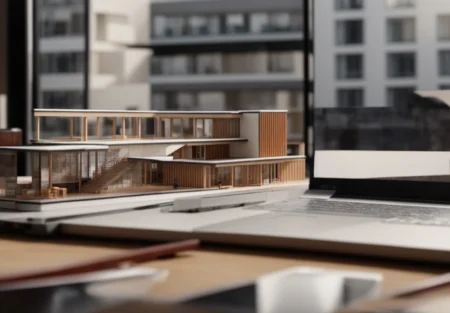Indoor gardening is a wonderful way to benefit from the “fruits of your labor” without setting foot outdoors. When the weather is acting fickle, the urban gardener doesn’t have to stress out when that first frost will hit. You can get creative with space while displaying your gorgeous plants that are social-media worthy. Enjoy food grown inside as snow falls outside without worries. Indoor gardening allows you to always have a beautiful collection of plants all year. With some creativity, you can transform any size space into an eco-friendly indoor garden.
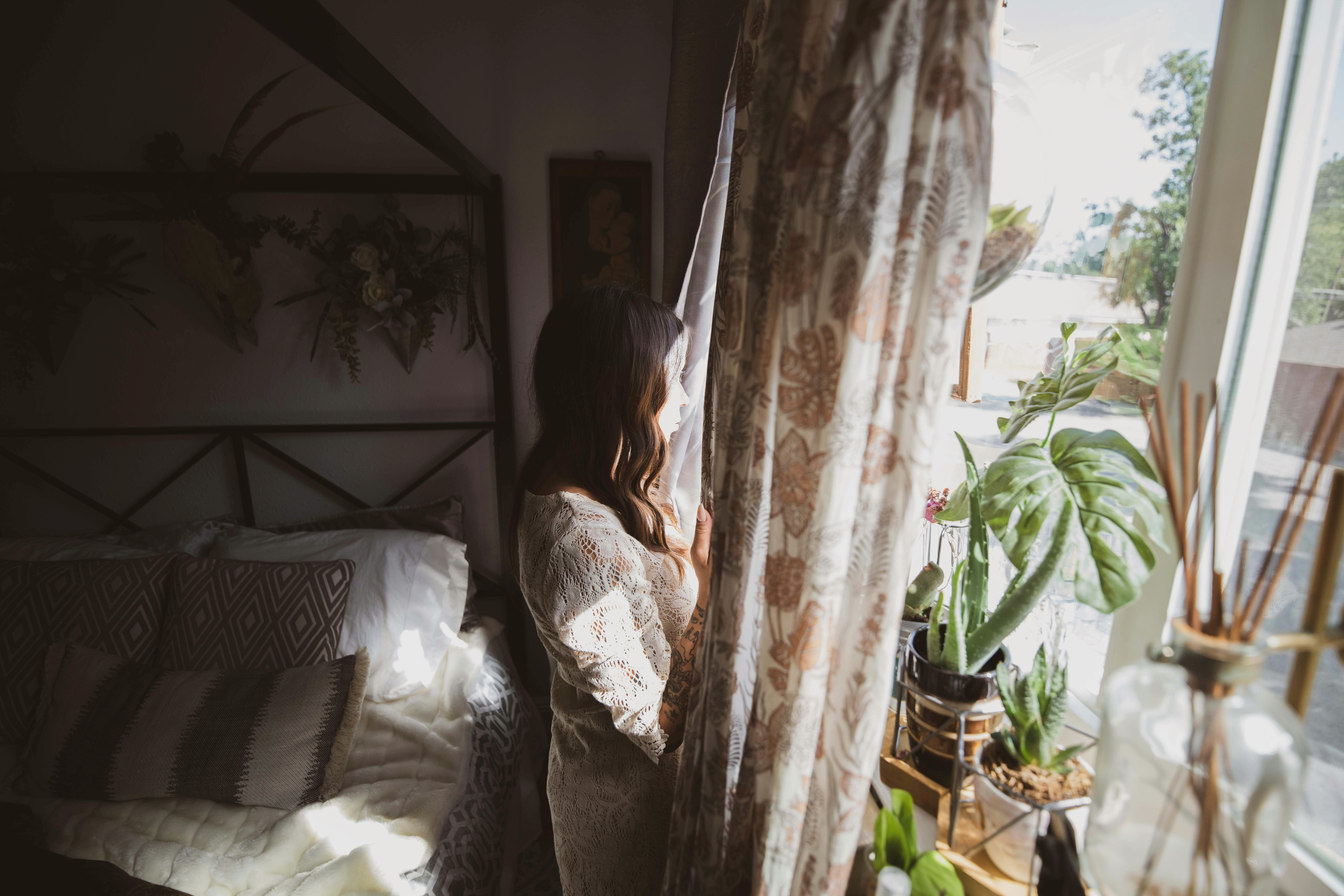
Planning Out Your Space
The size of your living area might make you feel intimidated. How can you design an indoor garden that won’t hurt your wallet? Recycling and upcycling old bottles and containers can help transition your outdoor garden into your home. Plan out where you’d like your new garden and observe the amount of space, lighting, and watering. In the last few years, houseplant collecting has become more popular. With this hobby, new vocabulary such as “plant influencer” was born.
For handy eco-friendly people, consider DIY grow walls with an irrigation system that recycles the water. Recycled plastics used in self-watering planters give you the look and feel you want. Create an ombre look with various species of pothos or vining philodendron. Self-watering pots keep your plants healthy save water by using what the plant needs, and fight against unwanted issues like root rot and soggy soil loving pests.

Reuse and Recycle
Reusing containers like old tea tins, mugs, and hanging fruit baskets can add a unique twist. Shorter and wider bowls can be lined with layers of activated charcoal, window screen netting, and smaller pebbles. Shallow plants like cacti and agave will enjoy this new home with plenty of bright indirect light. A great gadget to measure light, ph level, and moisture can be easily found online. They can help find the best time for you to water your succulents and other plants.
The ponytail palm is a good choice for plant parent beginners. This succulent, also known as the elephant’s foot tree, can grow in funky shapes from its water-storing bulbous trunk to the crazy hair-like foliage. Ponytail palms can do well as a table centerpiece in a small pot or Bonzai type planters depending on the size of the ponytail palm roots. Grow lights can give a dark area an extra boost so your plants get enough to photosynthesize well.
Aquaponic systems are self-sustaining for houseplants and aquatic life. Plants thrive on nitrates and bacteria left behind. Ideal plants such as pothos, Scindapsus, and vining philodendron are popular for this system. Cleaned roots from the soil are then placed into plastic pots or dutch buckets. Edible plants can also be used in this indoor system,
Energy Usage
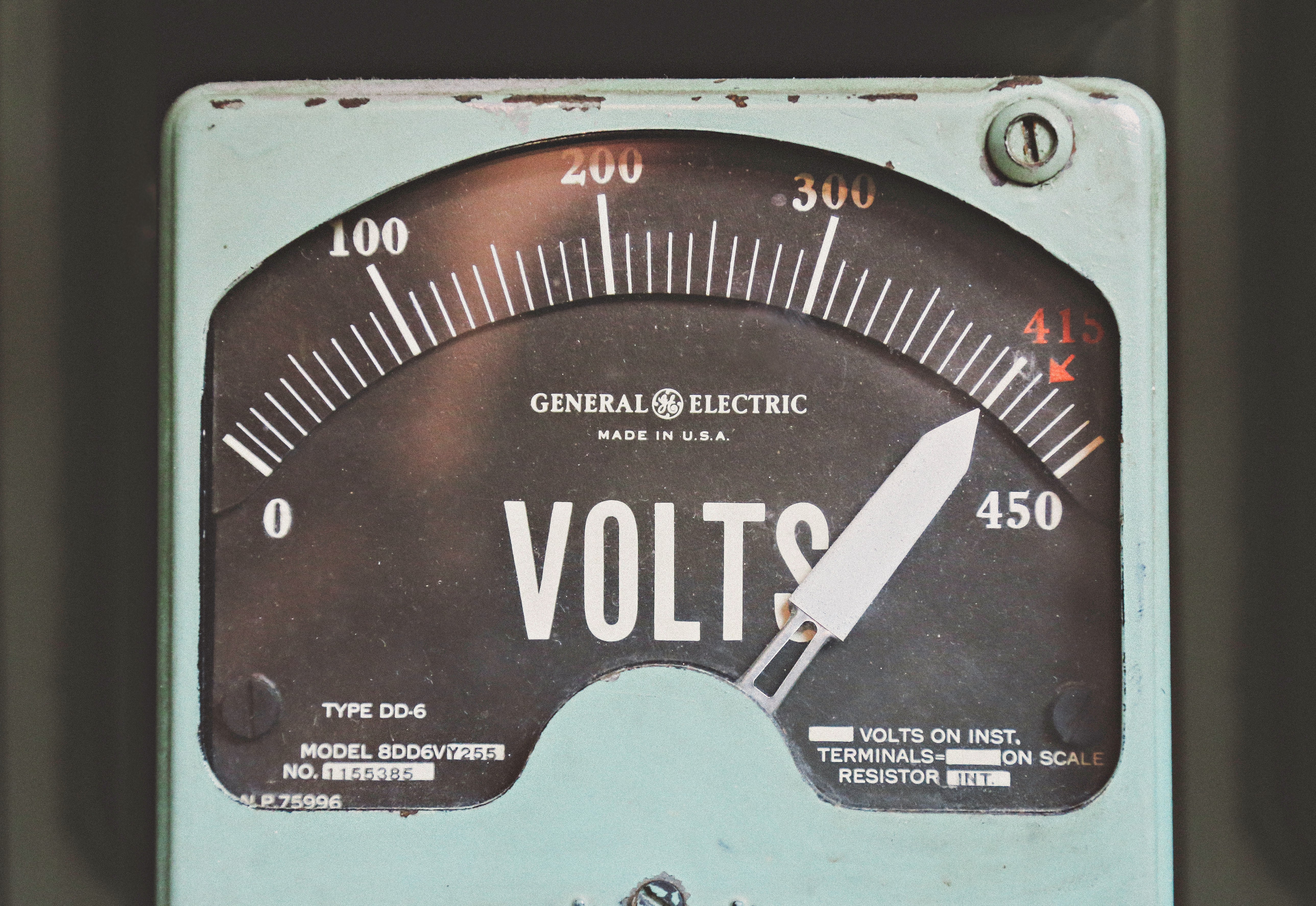
Avid plant parents can conserve money and focus on renewable energy while still keeping their green babies happy. LED grow bulbs don’t use up as much electricity and many come with built-in timers. For a minimalist look, modern bulbs are a good idea to help save space while beautifying your plants. White full spectrum lights give you bright light without that purple hue. The bulbs can be used in any hanging lamp.
Old bookcases and shelves make for great display cases and easily lined with LED strip lights. Many have timers built in enabling you to cut down on excessive electricity use or purchase a timer. Solar-powered grow lights are another option to be used for indoor gardening. You can compare electricity bills with your energy provider or electric supplier to find the plans that work best in your service area. Devices like an Amazon Echo or Google Mini are programable with compatible devices to set up schedules, limiting unwanted electricity usage.


